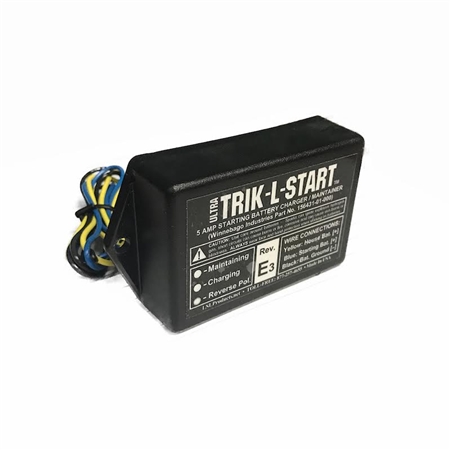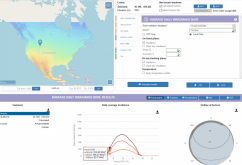GXMnow
Solar Wizard
- Joined
- Jul 17, 2020
- Messages
- 2,698
Before you do spend a lot of money on stuff, why not spend a little on a Kill-O-Watt meter and see how much power your battery tenders take now? Here is one.
I got one for just $26 at Harbor Freight.
So take one of your battery tenders, plug it into this, and let it run for 2 or 3 days, and see how many watt hours it needed. Divide that by the hours, and then multiply by 24 to get the watt hours per day. Do that for each of your batteries. If you find a battery that needs a lot more than the others, it either has a drain on it, or the battery is failing already. Add up the watt hours per day needed for all of them, and then double it. That is the minimum amount of solar you will need. We already figured you may only get 1.9 "sun hours" a day in the dead of winter, with your panel angled correctly. So for example, if your figure works out to needing 500 watt hours per day, you can divide by 1.9 and get 500/1.9 = 263.16 watts of solar panel. So go with a 300 watt panel. Plan for double to allow for bad "sun days" and round up to more.
My pig of a refrigerator pulls a near constant 180 watts. The Kill-O-Watt came up to nearly 4,300 watt hours a day. I get almost 4 sun hour here in winter in So Cal. So just my refrigerator needs a bare minimum of 1,075 watts of solar panel to run "off grid" all winter. And double that to 2,000 watts to cover a bad day. Yeah, it's not maintaining little batteries, just an example of how the math works. I have 4,800 watts of panels, but a lot more load than just the fridge as well. I am not off grid, but it still helps to do the math to see what it would take. In hind site, I should have put up a few more panels.
I got one for just $26 at Harbor Freight.
So take one of your battery tenders, plug it into this, and let it run for 2 or 3 days, and see how many watt hours it needed. Divide that by the hours, and then multiply by 24 to get the watt hours per day. Do that for each of your batteries. If you find a battery that needs a lot more than the others, it either has a drain on it, or the battery is failing already. Add up the watt hours per day needed for all of them, and then double it. That is the minimum amount of solar you will need. We already figured you may only get 1.9 "sun hours" a day in the dead of winter, with your panel angled correctly. So for example, if your figure works out to needing 500 watt hours per day, you can divide by 1.9 and get 500/1.9 = 263.16 watts of solar panel. So go with a 300 watt panel. Plan for double to allow for bad "sun days" and round up to more.
My pig of a refrigerator pulls a near constant 180 watts. The Kill-O-Watt came up to nearly 4,300 watt hours a day. I get almost 4 sun hour here in winter in So Cal. So just my refrigerator needs a bare minimum of 1,075 watts of solar panel to run "off grid" all winter. And double that to 2,000 watts to cover a bad day. Yeah, it's not maintaining little batteries, just an example of how the math works. I have 4,800 watts of panels, but a lot more load than just the fridge as well. I am not off grid, but it still helps to do the math to see what it would take. In hind site, I should have put up a few more panels.




